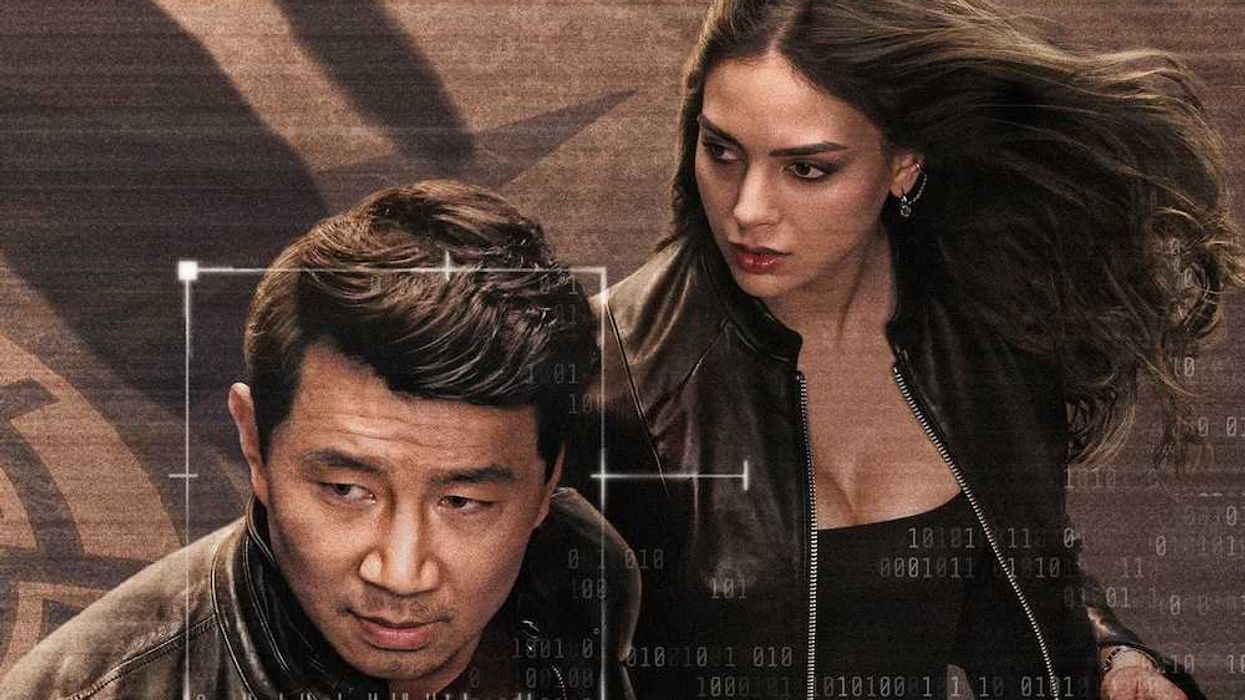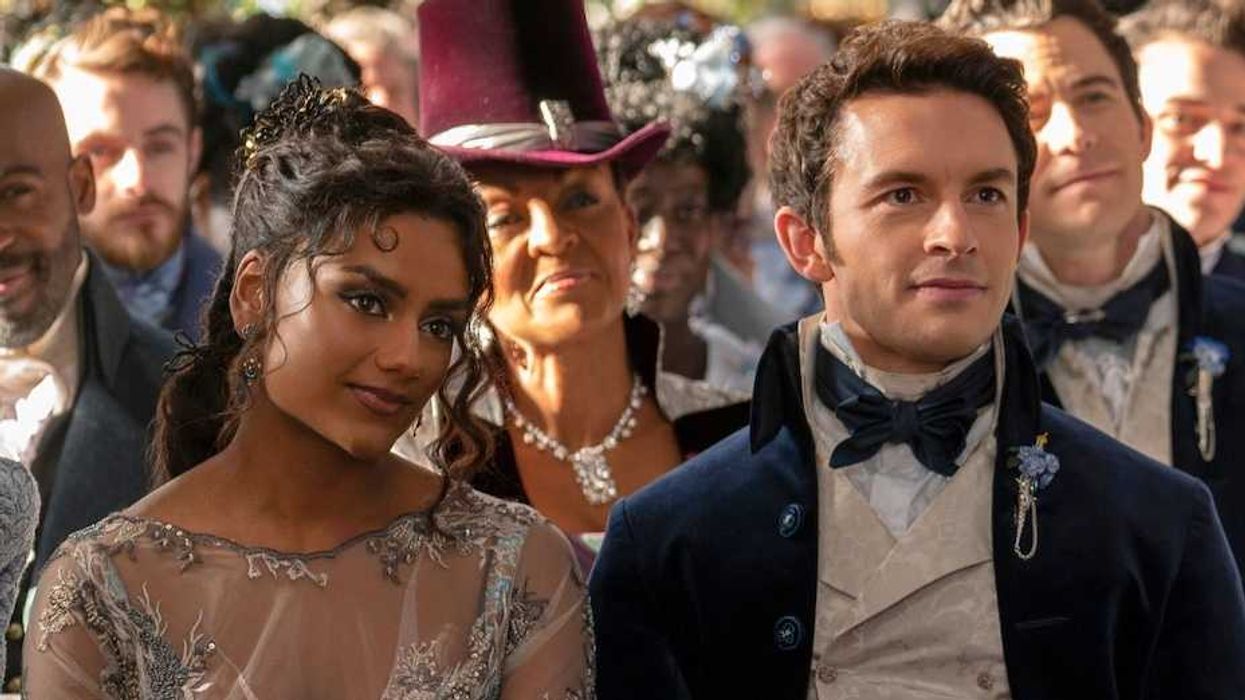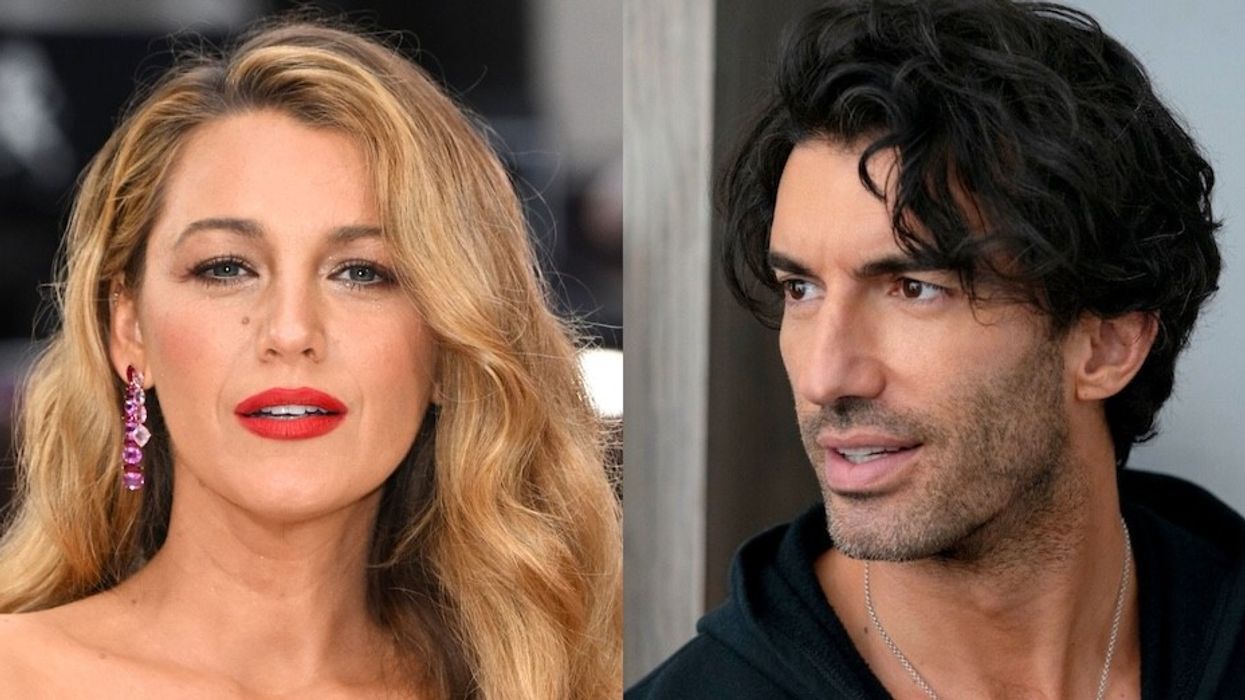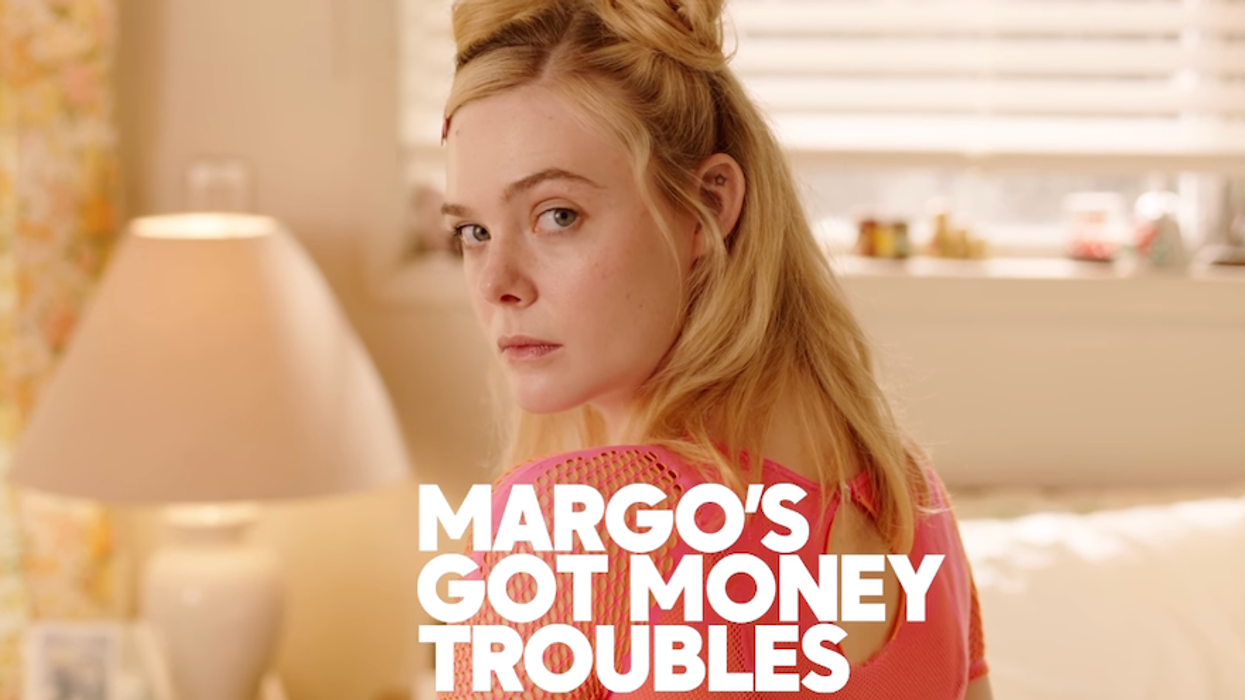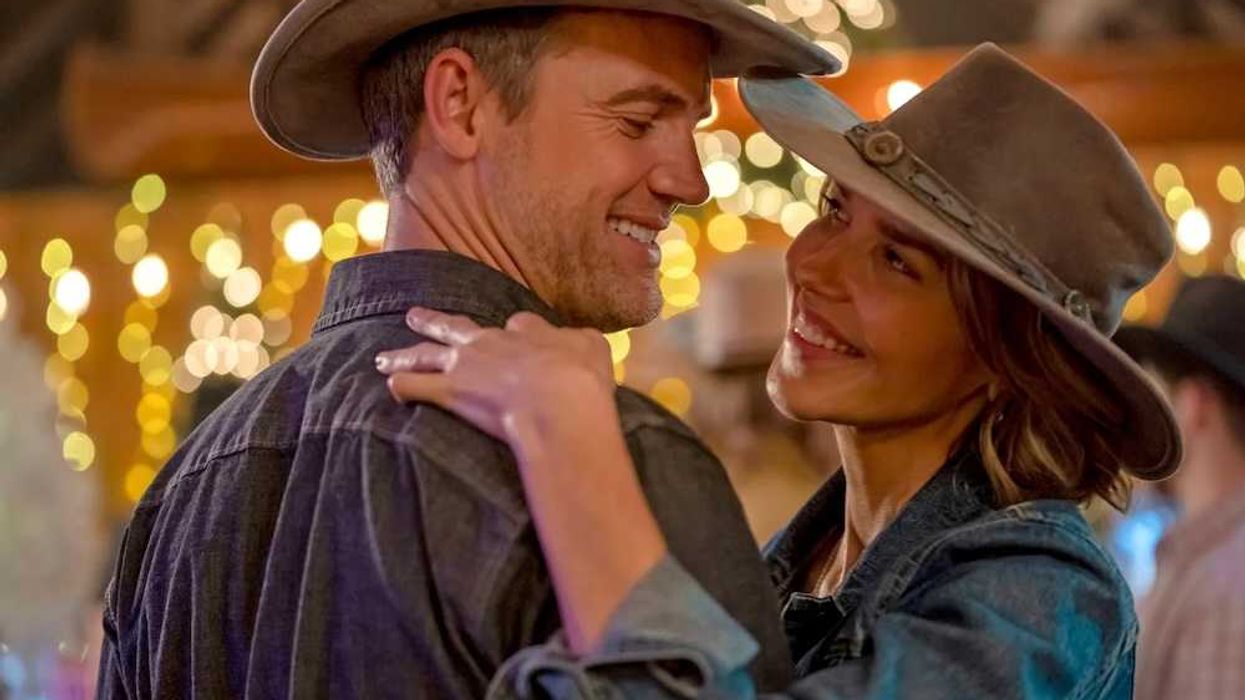If you are a once and forever bookworm, you have to check out these recommendations.
Read These Now If You Were a Bookworm as a Kid
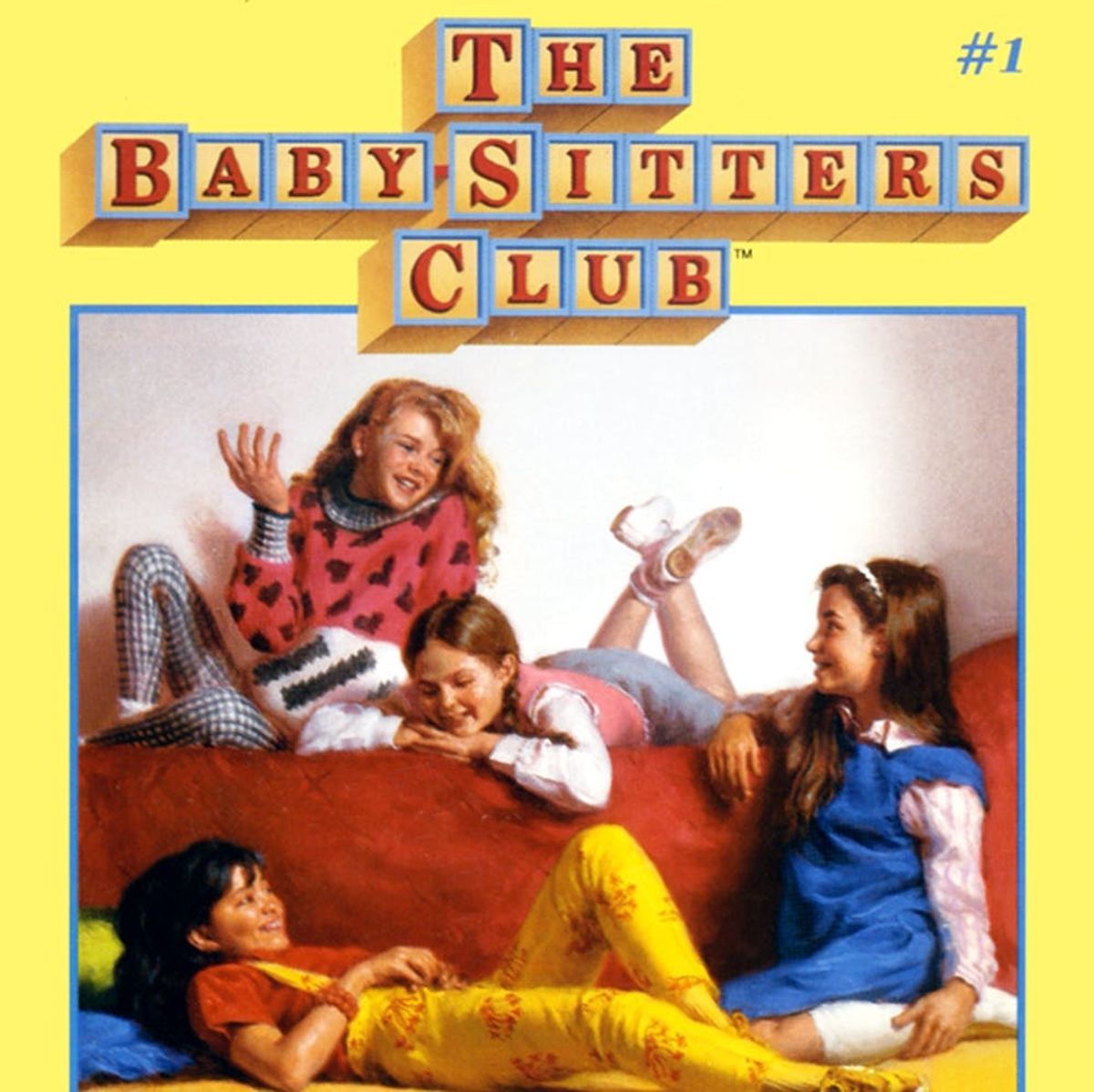
What kind of reader were you as a kid? The kind that finished books as if it was an Olympic event — “Harry Potter, yeah I finished that in a day?” The kind that took forever — “What the heck! All this time into Little Women and Amy marries Laurie? Why should I even go on?!” Or maybe you were the kind that read everything in your elementary school library at least once — “Hey, it’s better than dodgeball?”
Whatever kind of reader you were, you probably have fond memories of burying yourself in a book with old friends like Stanley Yelnats, Sarah Crewe and Kristy Thomas (who probably grew up to date Mary Anne). You read those books, and when they took you to a new world you felt safe.
As an adult, safe places become a thousand times more necessary and less readily available. Some days you wish you could go back to the old days and see your former fictional friends. Still, people might give you weird looks if you’re engrossed in Ella Enchanted on the subway (believe me, I’ve done the field research), so here are some books that will help you bridge the gap between old favorites and new.
Then: A Series of Unfortunate Events by Lemony Snicket
Now: Cat’s Cradle by Kurt Vonnegut
Though these books gave me crazy depressing nightmares, you have to admit, Lemony Snicket is kind of a baller writer. If you read this book, you dropped crazy advanced vocabulary words like “penultimate” in second grade because he went out of his way to explain what that meant. Not only that, but he inserted himself as a character in his books and made snarky asides often (this is a good thing because in real life Daniel Handler’s asides are kind of racist). Likely he learned this technique from Vonnegut (the snark, not the racism) because he is the master of the same devices. His books are soft Sci-Fi mixed with dry humor and a more refined minimalist style than Snicket’s that still conveys the same dark wit. Read Slaughterhouse Five in high school and hated it? No problem — Cat’s Cradle is a shorter, slightly less complex and timey-whimey story about a writer who goes to an island to research the man who helped make the atomic bomb. Vonnegut’s insights about humans and who they pretend to be will remind you of all the quirky characters you loved in Series and may just give you some new vocab as well.
Then: Alice’s Adventures in Wonderland by Lewis Carroll
Now: Fear and Loathing in Las Vegas by Hunter S. Thompson
I promise I’m not just trying to shill for Johnny Depp movies with this one (though as an aside, is he doing okay lately? I just saw Tusk and that was pretty crappy, and Lone Ranger? Can someone go check on Johnny Depp please?)
Everyone remembers the feeling of plunging into Wonderland for the first time and being awed by the weird and whacky world it conjured. Now imagine that with lines of cocaine, tabs of acid and a healthy sprinkling of good old-fashioned mescal and you’ve got Fear and Loathing. Fear and Loathing is a grown-up romp through worlds unknown, and seriously, even if you think you’re hot stuff these days, no one parties like Hunter S. Thompson now. This book’s rabbit hole will take you into the seedy, gaudy underbelly of Thompson’s visit to bat country complete with madcap characters and nonsensical encounters. Remember that one bad kid in your school who insisted that Alice in Wonderland was really about drugs? They were full of crap: Alice in Wonderland is about childhood, fantasy, and light British politics. Fear and Loathing is DEFINITELY about drugs.
Then: The Royal Diaries Series
Now: The Red Tent by Anita Diamant
If you were a booky girl worth her salt, you had stacks on stacks of these puppies and Dear Americas on your shelves. They were so sneaky, teaching you history by way of books that felt like a passed note from a girl just like you…even if that girl did end up beheading the heck out of most of England and Scotland. These books were fun and let us see history in a more relatable context and highlight strong-as-hell females along the way. The Red Tent tells the story of a woman who gets only one line of mention in the Bible. It’s a larger story about generations of women that sucks you into biblical history and engages you on a more human level than a cold reading of the good book would. The Red Tent is rich and raw and unshakably feminist and will pull at your historical fiction heartstrings like Royal Diaries did back in the day. Plus it will make you super jealous that you can’t hang out and eat snacks with your girlfriends when you’re on the rag.
Then: The Goosebumps series by R.L. Stine
Now: House of Leaves by Mark Z. Danielewski
If you liked horror as a child (I’m also looking at you fans of the truly terrifying Scary Stories To Read in the Dark), you’ll love this creeping slinking beast. House of Leaves tells several stories at once, and it’s hard to pick a favorite, but mostly the plot centers on a sinister house. The book itself is an adventure to read as the text mimics the action (getting narrower when describing hallways or sometimes pages blacking out but for a few words to show the beam of a flashlight). The scariness of this book is a slow boil, but will give you the shivers in a good way.
Then: Grimm’s Fairy Tales by The Brothers Grimm
Now:The Book of Lost Things by John Connolly
I think we all had a fairy tale phase, which was followed a few years later by a “holy crap, that’s the real version of that fairy tale???” phase. There was a twofold delight in this, first loving stories of princesses and talking animals then cringing and fascinated by their intrinsic gore or sex. John Connolly takes both of these feelings and gives us The Book Of Lost Things, a story of a boy in WWII England who yearns to escape. He finds a magical world populated by the same creatures from fairy tales but twisted by childhood fears and anxieties. This book is so engaging and modern and also deliciously scary and macabre that there are whole chunks of it I have to file in my brain under “don’t think about just as you’re falling asleep” (see also “the twin scene” from The Shining or Guts by Chuck Palahniuk). Still, this appreciation for fairy tales that goes from wholesome to complex and twisted is kind of a metaphor for this whole growing up thing if you really think about it.
Then: My Side of The Mountain by Jean Craighead George
Now: Into The Wild by John Krakauer
There was a clear delineation when I was growing up; you were either Team My Side of the Mountain or Team Hatchet. I was always the former (even though if you fall into the latter team you should read any non-fiction by Gary Paulsen because he’s a bad a** ). Hatchet was so stressful (this is before we all watched Lost and knew what real island stress was) and My Side was so planned out and cool. Plus I desperately wanted to have a falcon as a best friend. Into the Wild tells the story of someone who went to live off the land in real life. It’s the perfect read for anyone who enjoyed the ingenuity of the kid in My Side but always secretly thought “what the hell, I can’t believe his parents just let him haul out and live in the forest.” Christopher McCandless is the protagonist of this story, a kid who eschewed the trappings of formal society to live on his own in the elements. This book will hopefully give you the same transcendental wilderness feel of My Side but also teach you to be responsible and make sure someone knows where you’re going.
Then: The Greek Gods by Evslin, Evslin, and Hoopes
Now: Till We Have Faces by C.S. Lewis
There are lots of great kids’ compendiums of Greek myths (shoutout to the impeccably illustrated D’Aulaires version) but this one is by far my favorite. If you were cool enough to get the entire set of them via the hallowed paper book order, you were pretty much guaranteed hours of epic enjoyment with gods and monsters (and the vague sex references every kid secretly wants). C.S. Lewis, yes that same one, re-imagines the myth of Eros and Psyche in his novel Till We Have Faces. This time it’s narrated by Psyche’s sister and set in ancient Greece. It does a good job of giving a former villain a reasonable and pragmatic voice that makes sense to adult readers. This book expands on the myth and shows a new side of it while weaving in all the philosophical waxing of Lewis that you loved from Narnia and none of the heavy-handed Christianity.
Then:Ella Enchanted by Gail Carson Levine
Now:Like Water for Chocolate by Laura Esquivel
Cinderella is a story that has been retold billions of times. There is something inherently appealing, across cultures and generations, about someone who started as nothing and then became something great ( Drake = ultimate contemporary Cinderella). Ella Enchanted did a brilliant job of infusing the story with more magic but also more humanity than many versions, and I re-read my little blue paperback until it literally fell apart in my hands. For grown-up girls who are still dreamers, Like Water For Chocolate gives the classic story a sensuous twist. Like Ella, the protagonist in this book is also cursed by duty. She’s forced to work as a servant in her mother’s house while her sister marries the man she loves. The story is told with recipes and beautiful sprawling prose. You’ll fall in love all over again, and if you like this book it’ll open you up to the gorgeous, sexy world of Latino magical realism.
Then:Are You There God? It’s Me, Margaret by Judy Blume
Now:Fangirl by Rainbow Rowell
Lucky for us, Judy is still writing to this day. She’s written a few books for adults that encompass the kind of honesty and humor you liked when you were a kid, and honestly, if you get a chance, you should check out her book tour this summer. She is sassy and fabulous! Another author that captures growing up in all its cringeworthy glory is Rainbow Rowell. Fangirl is the most perfect representation of what it feels like to be a freshman in college I have ever read. It has none of the John Green-esque romanticizing of how kids talk (love you John, you just get a little carried away sometimes) and instead will remind you of conversations you had with your best friends. She writes about the anxiety of being at a new school, dealing with mental illness, and the nerd community in a way that is both frightfully frank and truly hilarious.
Then:The Joey Pigza Series by Jack Gantos
Now:Extremely Loud and Incredibly Close by Jonathan Safran Foer
As all the accolades for Inside Out are proving that mental health is a subject that needs to be covered thoroughly in children’s media. The Joey Pigza Series told the story of a boy being raised by a single mother and dealing with ADHD at the same time. He was hyper, manic, and good at heart and a character everyone could relate to. Extremely Loud and Incredibly Close is in part about a young boy dealing with grief and anxiety (and likely somewhere on the autism spectrum). The first-person narration really puts you in the heads of the characters and by extension lets you experience their anxieties firsthand. The prose is beautiful and the book is enhanced by multiple narrators and fabulous images that will put you right in the action.
What was your favorite book as a kid? Tell us in the comments!





